You probably think you know your feline friend pretty well, yet cats have developed an impressive repertoire of -seeking behaviors that can puzzle even the most experienced pet owners. Your furry companion doesn’t just randomly meow or suddenly appear on your keyboard without a purpose. These seemingly demanding behaviors are actually sophisticated communication methods that reveal exactly what your cat needs from you.
Understanding these signals isn’t just about managing unwanted disruptions. It’s about building a stronger bond with your pet and responding appropriately to their needs. Let’s explore the fascinating ways your cat captures your and what each behavior truly means.
Excessive Vocalization
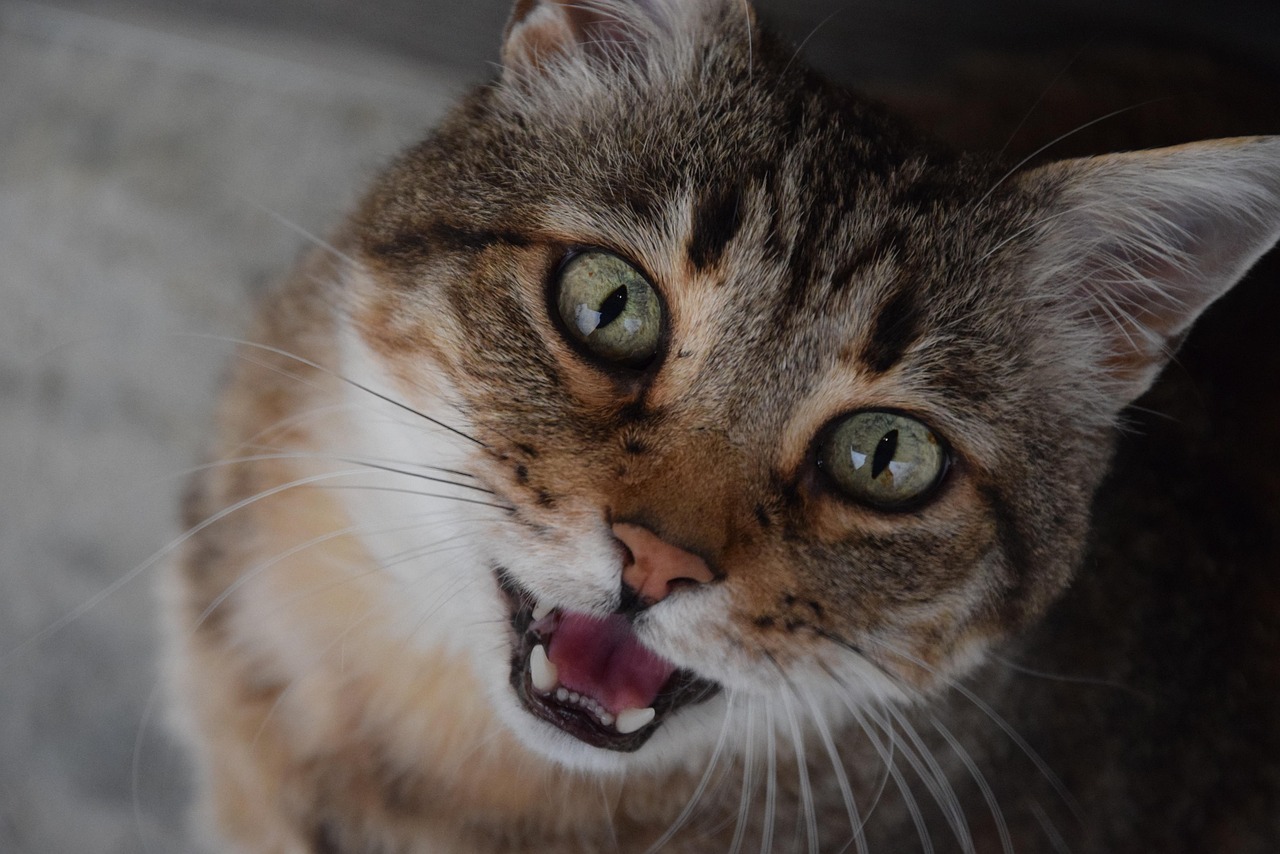
Your cat’s voice becomes their most powerful tool when they want your immediate attention. Cats may use vocal cues to get your attention and eye contact. This might start as a meow but can become a persistent wail if they are not getting the desired attention and continue to be ignored. They’ve mastered the art of escalation, beginning with gentle chirps that gradually transform into demanding yowls.
This vocal behavior isn’t random noise. If you’re home doing something other than focusing on her, for example, she may start with a quiet but persistent meow that sounds similar to a newborn’s cry. Then she’ll move on to a loud screech that’ll have you running to her side, or to the other room, only to find her sitting there with an innocent “Who, me?” look on her face. Your cat has learned that different sounds produce different responses, and they’ll adjust their volume and tone accordingly.
Head Bunting and Rubbing

When your cat approaches you and gently bumps their forehead against your face or hand, they’re engaging in one of the most affectionate attention-seeking behaviors. When a cat headbutts and marks you, it means you’ve been accepted into a very special club: a cat’s inner circle. By marking you, a cat is connecting to you through scent and bonding with you. This behavior goes far beyond simple physical contact.
Bunting may also be used as an attention-seeking behavior if your cat butts his head up against you and then tucks it down or turns to the side. He may be asking for one of those wonderful neck or head scratches that you often do for him. Past experience has told him when he displays this behavior you typically respond by petting or scratching him in his favorite places. Your cat has essentially trained you to respond to their non-verbal requests.
Pawing and Scratching at You
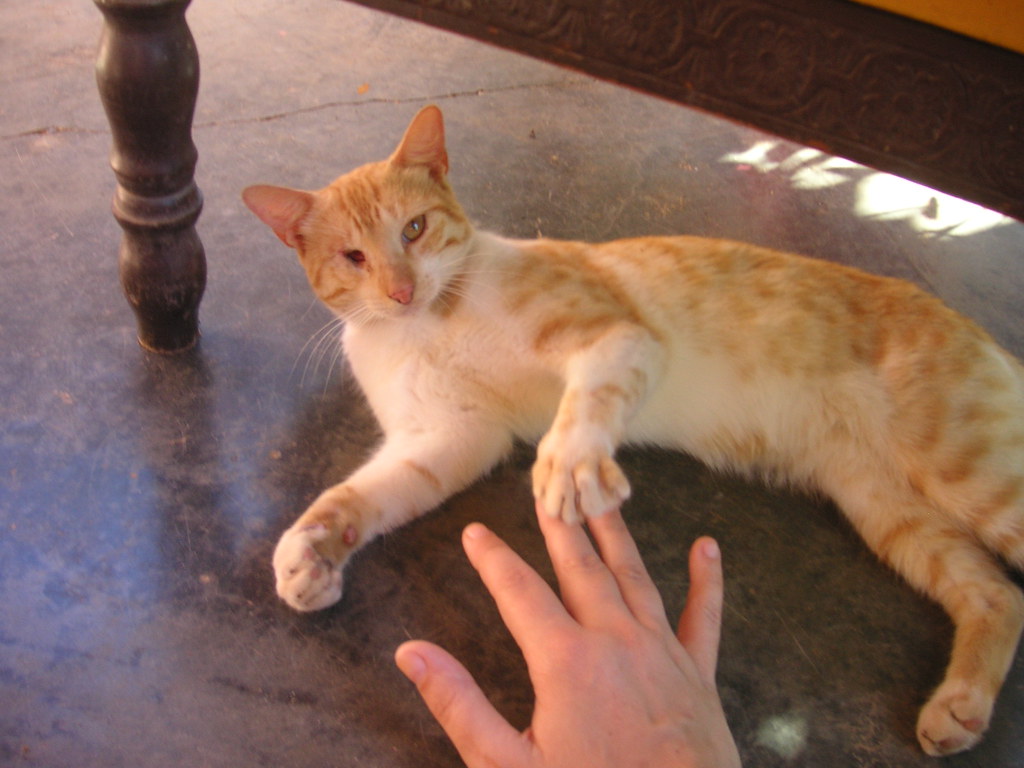
If your cat gently taps you with their paw or claws on your face or limbs, they may be trying to signal that they want you to engage with them. This direct physical approach shows your cat has learned that touching you produces immediate results. Unlike their more subtle behaviors, pawing demands an instant response.
This behavior often occurs when you’re engaged in activities that take your focus away from them. If you’re working and they keep pawing at your fingers as you type, they could be understimulated and asking for some interactive play. Your cat recognizes when your attention is divided and uses this tactile method to redirect your focus back to them.
Following You Around
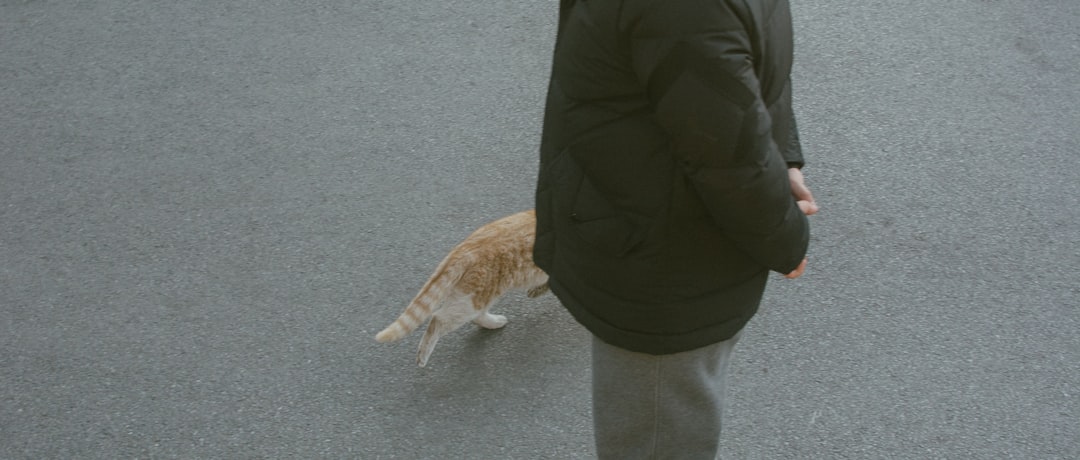
Following you around the home, deliberately strolling in your path, especially when they know you’re busy, is another form of attention-seeking. This behavior can be beguiling but signals that your cat notably needs or wants your focus. Your shadow has four legs and a tail, constantly appearing wherever you go throughout your home.
This persistent presence isn’t mere coincidence. When your cat walks between your legs, paws at your ankles or edges into the space between your neck and the sofa, he has one goal in mind: He wants to get close to you. When your cat walks between your legs, paws at your ankles or edges into the space between your neck and the sofa, he has one goal in mind: He wants to get close to you. They’ve calculated that proximity increases their chances of receiving the attention they crave.
Scratching Furniture Inappropriately
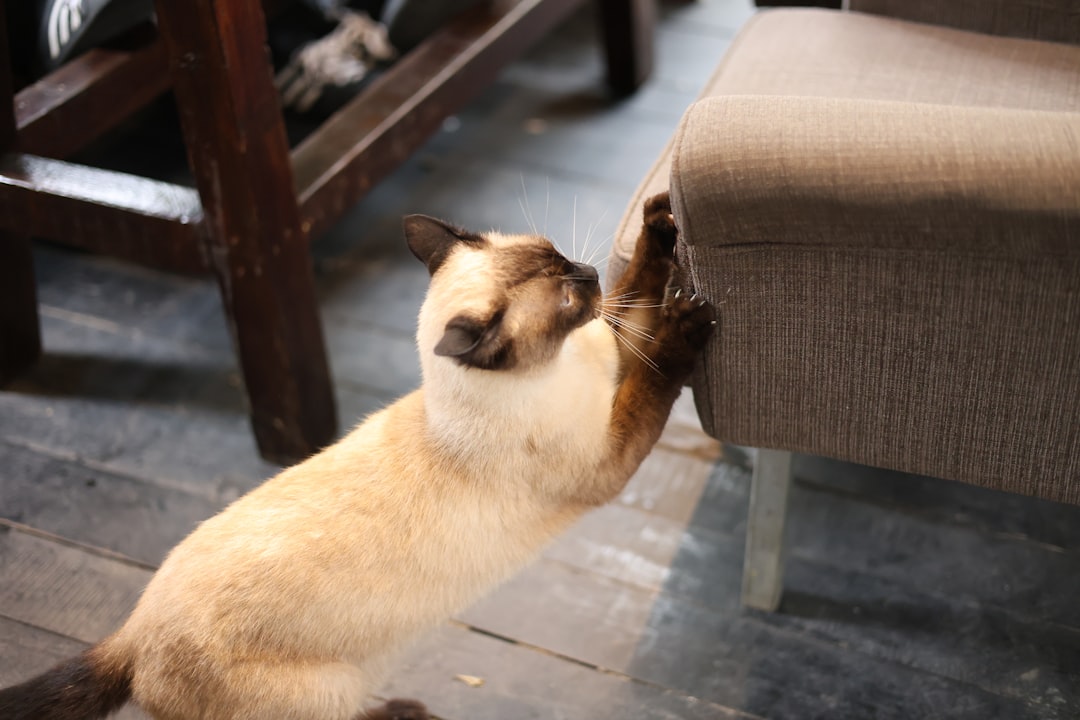
When your cat suddenly starts clawing your favorite chair or expensive sofa, they might not just be maintaining their claws. This natural feel-good behavior may become destructive and problematic when cats scratch furniture and other inappropriate areas and earn the “reward” of your attention. Your reaction, even if it’s negative, reinforces this behavior because any attention is still attention.
Your cat has discovered that scratching certain objects guarantees an immediate response from you. For example, suppose your cat learns that excessive meowing, frantic scratching of carpets or furniture, or knocking an item off a shelf gets a swift response from you. In that case, they’ll quickly learn that that particular activity paid dividends and had the desired outcome. So, even an adverse reaction by the caregiver to their antics is a positive result for the cat.
Jumping on Forbidden Surfaces
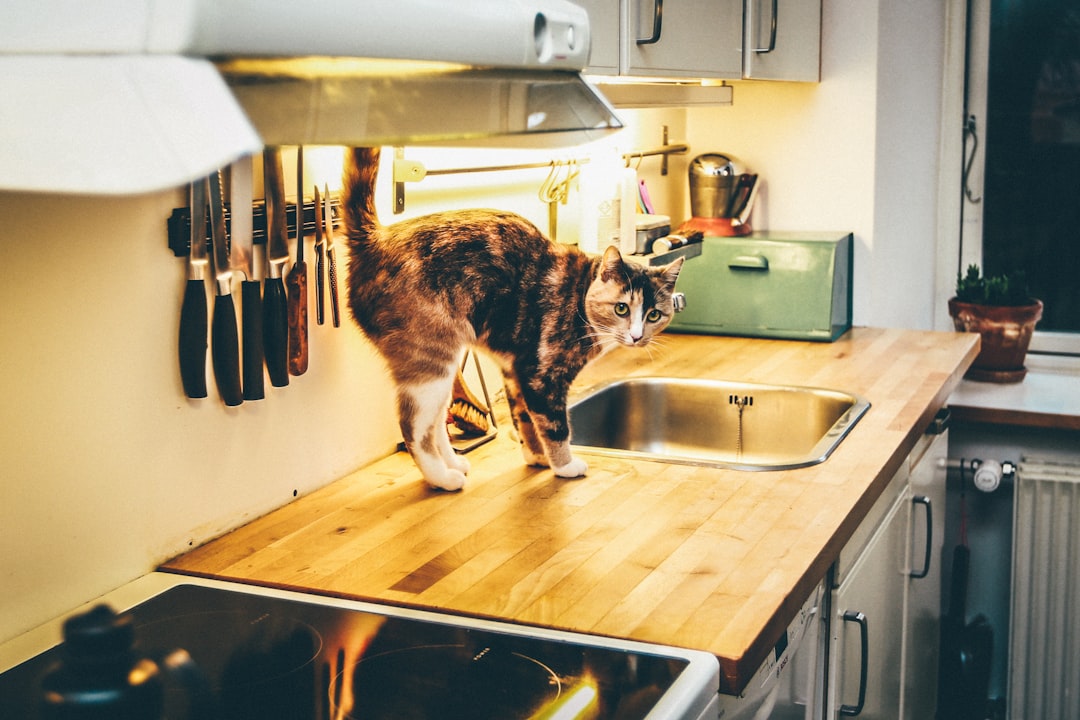
Your kitchen counter, dining table, or computer keyboard suddenly becomes irresistibly attractive when your cat wants attention. Jumping up on places where he’s not allowed, like the dining room table or kitchen benchtops. These elevated surfaces provide the perfect stage for capturing your immediate focus.
The forbidden nature of these locations makes them even more effective -seeking purposes. But when he walks over your keyboard while you’re trying to work or meows nonstop, attention-seeking behavior becomes annoying or even destructive – for example, if you lose work that you hadn’t saved. Your cat understands that certain behaviors guarantee interruption of whatever activity currently holds your attention.
Food Begging
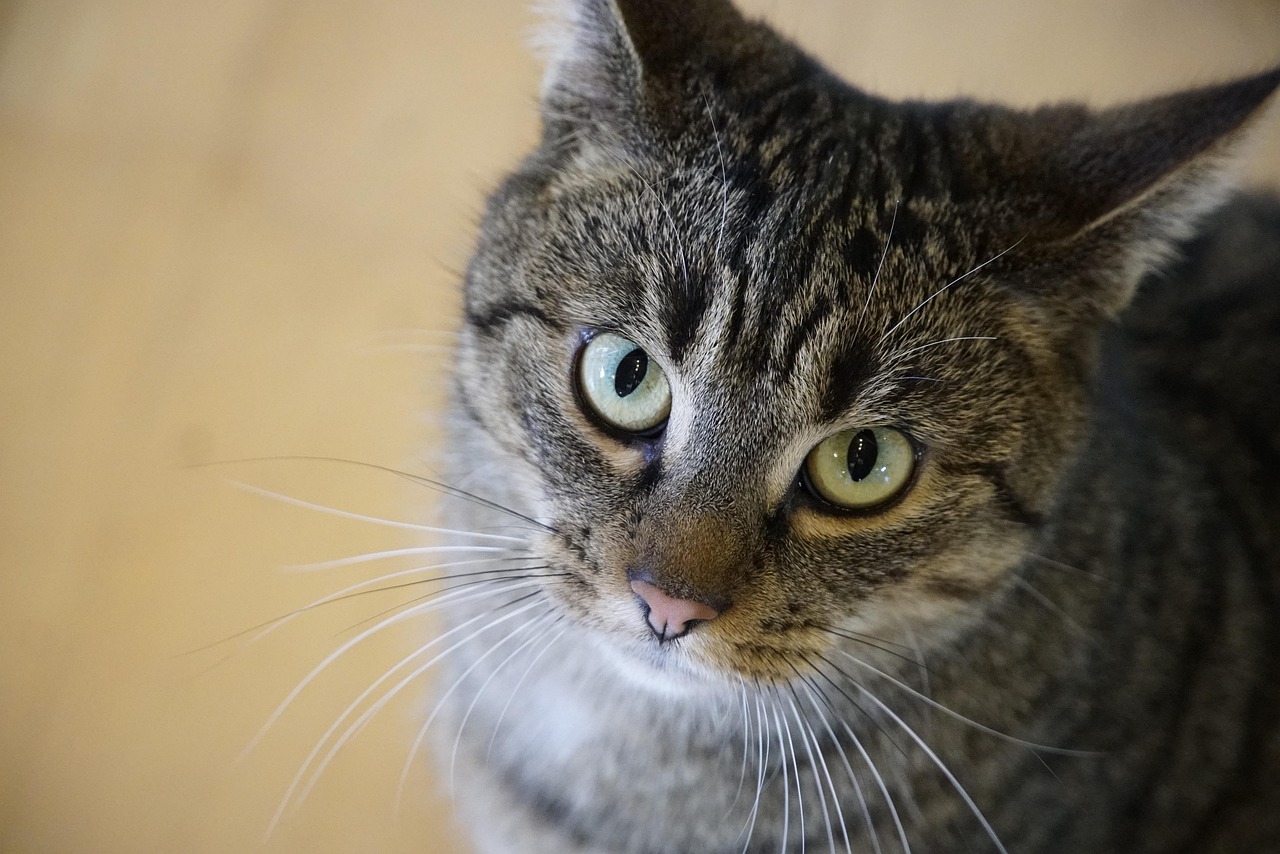
Dogs aren’t the only animals who beg for food and treats. Begging is a very common attention-seeking behavior that cat parents seek help for. Your cat has mastered the art of looking pathetic and hungry, regardless of when they last ate or how full their food bowl might be.
This behavior becomes particularly intense around meal preparation times. If you’re eating, they might think they should get a bite, too. Your cat has learned to associate your food-related activities with opportunities for both attention and potential treats, creating a double incentive for this persistent behavior.
Bringing You “Gifts”
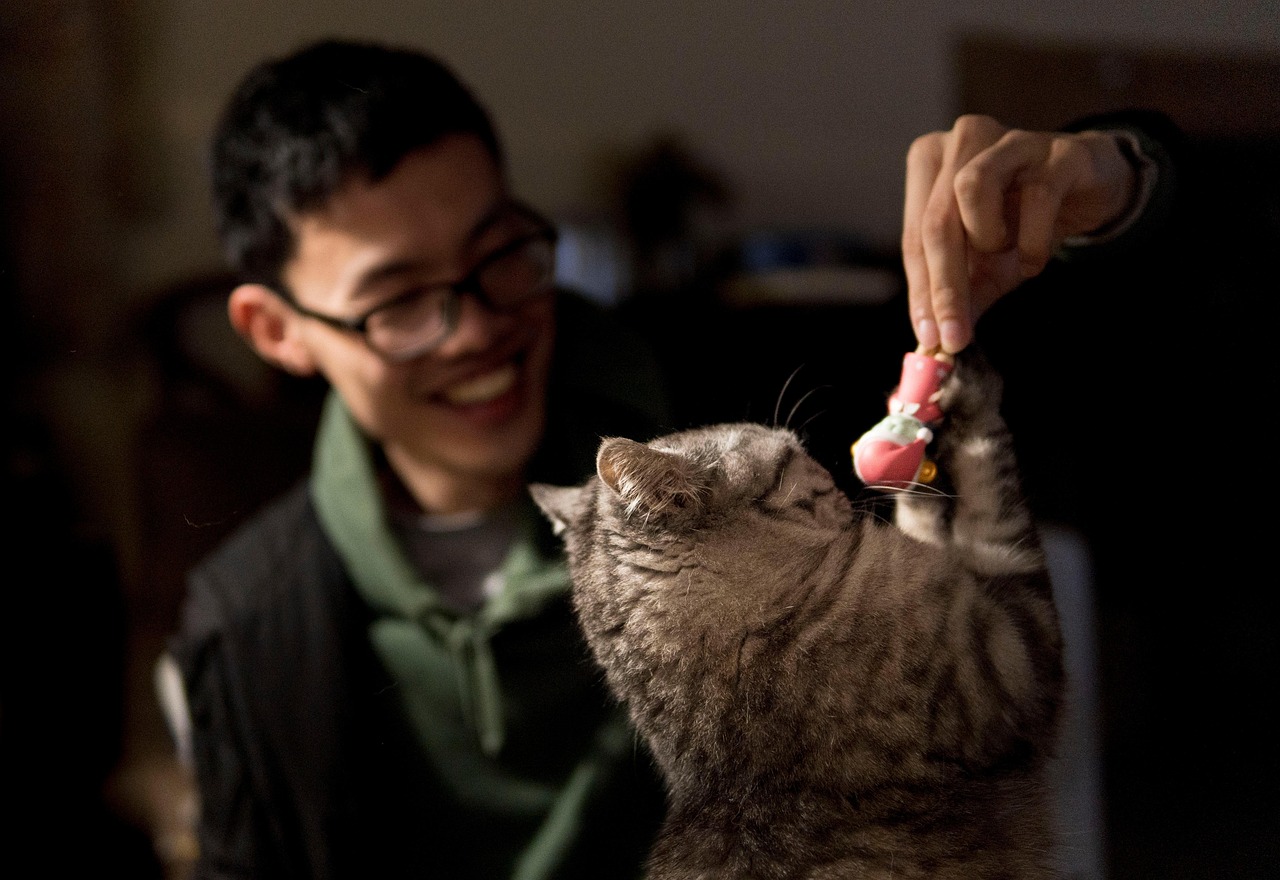
Attention seeking cats will often stare at you, scratch at a closed door, or follow you around. Some will also bring ‘gifts’ and enjoy the attention this then brings. Whether it’s a favorite toy, a sock, or something more unsavory from outdoors, these offerings represent your cat’s attempt to engage you in interactive behavior.
The presentation of these gifts often comes with expectant staring and vocal announcements. Your cat has learned that bringing objects to you typically results in praise, concern, or at minimum, acknowledgment. This behavior taps into their natural hunting instincts while serving their social need and approval from their human family members.
Conclusion

Understanding your cat’s attention-seeking behaviors transforms what might seem like demanding or disruptive actions into meaningful communication. Your cat may do things to attract your attention in order to communicate their needs. Sometimes, this might mean they’re asking for more mental and physical stimulation, like playtime. Every meow, head bump, and strategic appearance on your laptop represents your cat’s attempt to connect with you.
Rather than viewing these behaviors as annoyances, consider them invitations to strengthen your bond. A cat’s attention-seeking behavior can last for hours, so you may as well give your fur baby more of what she wants: your love and affection (and maybe some more cat food). After all, you got a cat to share your love with, you might as well show it. What’s your cat’s favorite way to get your attention? Share your experiences in the comments below.






